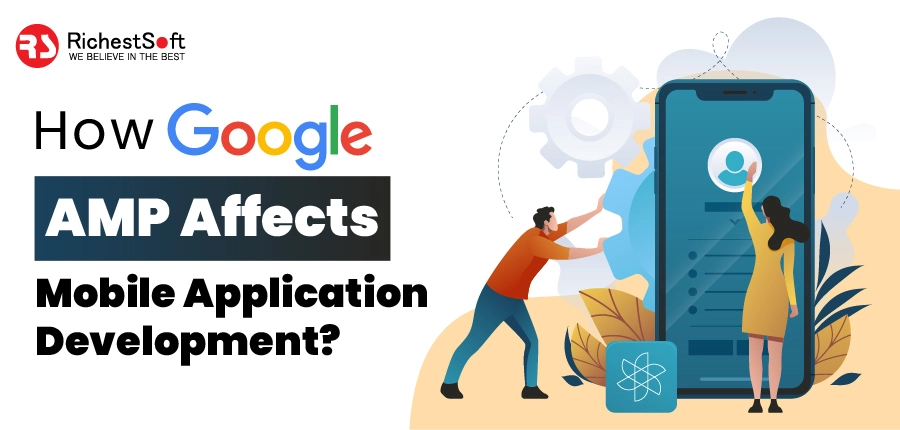People are constantly on the move in today’s fast-paced environment, making mobile devices crucial. For businesses to compete, having a mobile app that is both user-friendly and speedy has become vital. Google Accelerated Mobile Pages (AMP) is a game-changing breakthrough that increases mobile web browsing dramatically. But how does Google AMP affect mobile apps development? This article outlines how and why organizations should use Google’s Accelerated Mobile Pages (AMP) to improve mobile app experiences. Let us start!
Introduction
Google Accelerated Mobile Pages (AMP) is the latest technology to develop mobile apps. It is a technique for reducing page size for faster loading times on mobile devices. Users accessing the pages via a slow connection or a device may benefit. The use of this technology is not without its downsides, though. One of them is that making pages that work with AMP is not always easy. Another issue is that Google might offer AMP-enabled pages an unfair advantage by ranking them higher.
What is Google AMP?
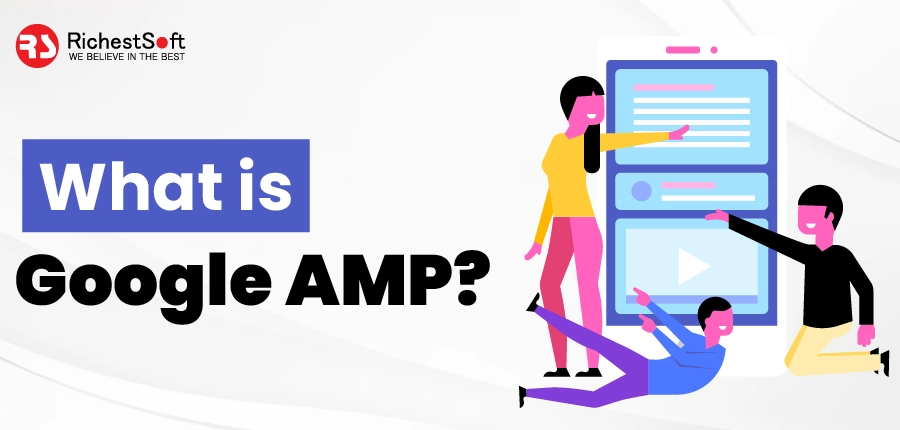
Google Accelerated Mobile Pages (AMP) is a platform for building high-performance, trustworthy, and mobile-friendly websites. Mobile users may expect AMP pages to load quickly and function smoothly. You can use Google AMP on both your website and your app.
How Does Google AMP work?
The AMP framework helps web pages load quickly for users. Google then stores a copy of the page in its cache for later offline use. When a user clicks on a link, an AMP page will load from local storage rather than the server. It improves website load times and decreases data use.
What are the Benefits of Using Google AMP?
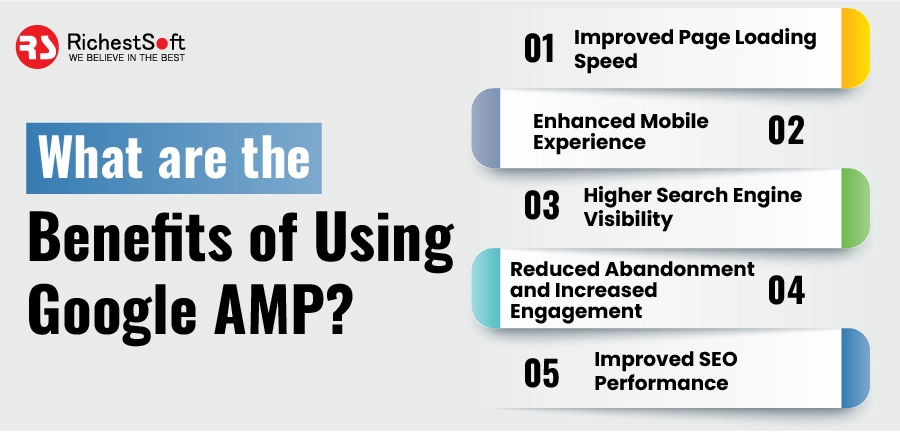
There are many advantages to using Google’s AMP (Accelerated Mobile Pages):
✅Improved Page Loading Speed:
AMP prioritizes speed in its design, which allows for much quicker page loads. This speed boost results from a better user experience, lower bounce rates, and higher engagement. According to the research, more people will stick around and convert if your pages load quickly.
✅Enhanced Mobile Experience:
The mobile user experience is AMP’s top priority, and was developed with mobile devices in mind. It ensures that websites are compatible with mobile devices and that users can easily navigate them, whatever the screen size they use.
✅Higher Search Engine Visibility:
Google now prioritizes AMP-enabled content in its search results, thanks to its support for AMP. Search engine results for AMP pages will have a lightning bolt icon next to them to indicate how quickly they load. Because of this, AMP-powered pages may see a spike in both clicks and organic traffic.
✅Reduced Abandonment and Increased Engagement:
If a web page takes too long to load, visitors are likelier to give up on it. By reducing the time, it takes for a page to load. AMP helps to increase user engagement and decrease bounce rates. Users will stay on the site longer, read more material, and engage more actively with the page if it loads quickly.
✅Improved SEO Performance:
Although Accelerated Mobile Pages (AMP) is not a direct ranking criterion, the enhanced user experience and quicker page loads can positively impact SEO. Search engines like Google consider user experience metrics like page views, session duration, and bounce rate to determine a page’s ranking.
How Does Google AMP Affect Mobile Application Development?
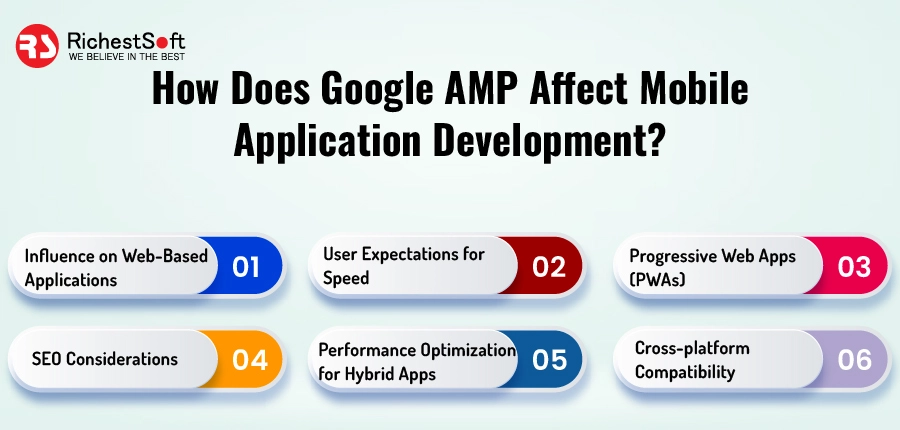
Since mobile application development is not directly affected by Google AMP (Accelerated Mobile Pages), this one is primarily concerned with improving the speed and efficiency of mobile web pages. However, AMP can have specific unintended consequences for the creation of mobile apps:
👉Influence on Web-Based Applications:
AMP is helpful for mobile app developers who rely on web technologies like Progressive Web Apps (PWAs). Web application developers can improve their apps’ efficiency and loading times using AMP enhancements. Users on mobile devices who access the app via a browser will benefit from this.
👉User Expectations for Speed:
The focus of AMP on speed and performance raises the bar for what users should expect in terms of page load speeds and responsiveness. Mobile web users accustomed to AMP sites may be less tolerant of slow native apps. Mobile app developers may need to update their software to compete in speed and performance.
👉Progressive Web Apps (PWAs):
AMP and PWAs aim to improve mobile website usability. Both methods aim to make web-based applications more user-friendly and engaging. The optimizations provided by AMP can help developers create PWAs and give a more seamless experience for their users. Developers can make their web apps faster and more efficient using AMP principles in their progressive web apps.
👉SEO Considerations:
Google now favors AMP-enabled pages in its search results, which it has integrated with AMP. It could mean AMP-enabled websites have a better chance of appearing in mobile Google search results. Although this has no direct bearing on mobile app creation, it can be used to advantage by app creators who think about integrating AMP or making landing pages that AMP drives. As a result, their app will be easier to find, and more people will visit their website.
👉Performance optimization for hybrid apps:
The performance and loading times of web views within hybrid mobile application development frameworks like React Native or Flutter can be improved by incorporating Google AMP.
👉Cross-platform compatibility:
Google AMP takes a responsive design approach when optimizing websites for mobile devices and platforms. If your app is designed to work on various mobile platforms, AMP components can help ensure a smooth transition for users.
Challenges of Using Google AMP for Mobile Applications
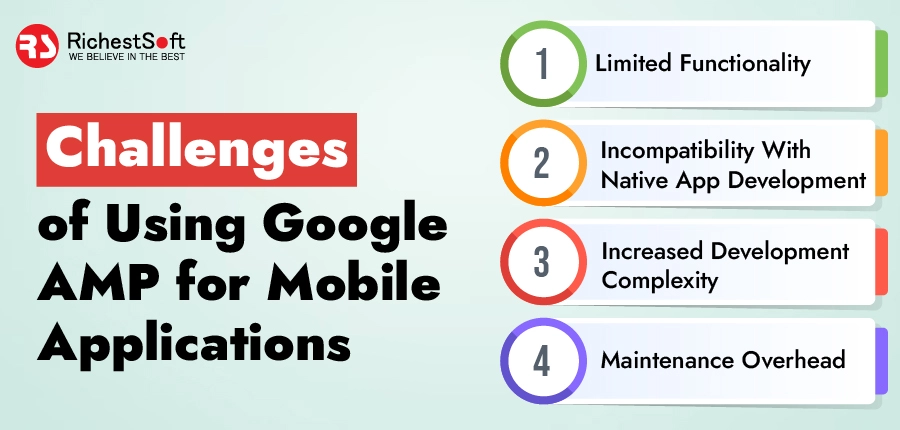
While Google Accelerated Mobile Pages (AMP) have advantages, it also presents some difficulties when creating mobile applications. Here are some potential obstacles:
✅Limited functionality:
Due to its focus on speed and performance, Google AMP limits the capabilities of websites. This restriction may restrict the features available in your mobile app.
✅Incompatibility with native app development:
Google AMP is primarily designed for and optimized for web technologies and pages. Integrating AMP components into your app development process might not be a natural fit if you create a native mobile app with a native framework like Swift or Java.
✅Increased development complexity:
Adding Google Accelerated Mobile Pages (AMP) to a mobile app increases the difficulty of its creation. Additional work and troubleshooting may be required to verify that your program’s web views or browser-based components are AMP-compatible.
✅Maintenance overhead:
Since Google AMP is a developing technology, you may need to regularly update and maintain your AMP components to keep up with any necessary changes to the AMP framework. It may result in longer-term upkeep and administrative expenses.
Best Practices for Implementing Google AMP in Your Mobile App
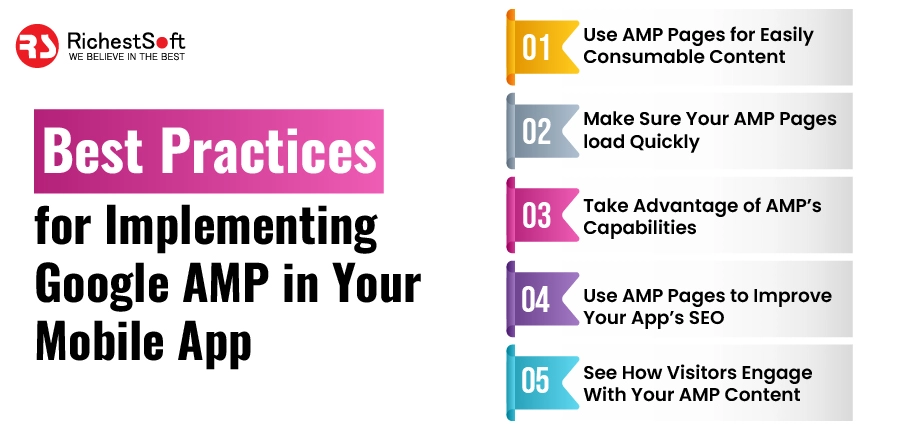
Google Accelerated Mobile Pages (AMP) can greatly affect the future of mobile app development. Some suggestions for optimizing your mobile app with Google Accelerated Mobile Pages (AMP):
1. Use AMP pages for easily consumable content on mobile devices.
Content such as articles, blogs, infographics, and the like would be ideal for mobile consumers due to their shorter attention spans and smaller screens.
2. Make sure your AMP pages load quickly and efficiently.
Ensure your sites are optimized for fast loading times because Google prioritizes speed regarding AMP.
3. Take advantage of AMP’s capabilities for rich media.
AMP pages are great for hosting media-heavy content like videos and interactive graphics because they load quickly and effectively.
4. Use AMP pages to improve your app’s SEO.
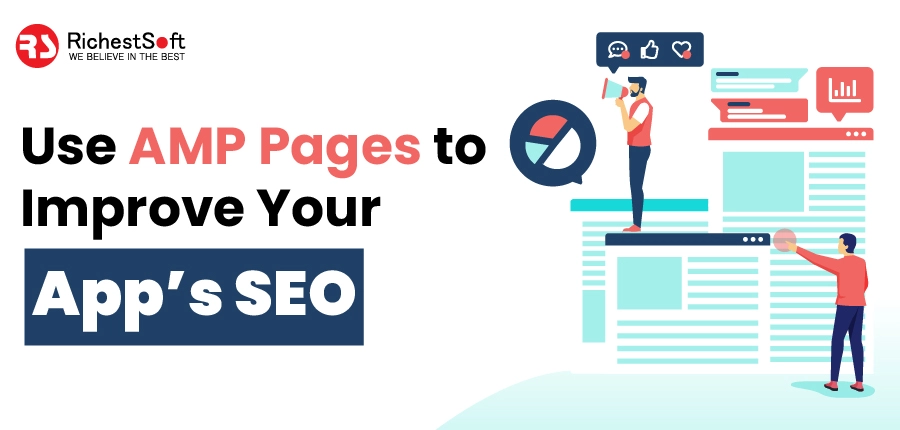
Using AMP pages will increase your app’s visibility in Google search results and bring more users to your product.
5. See how visitors engage with your AMP content by monitoring analytics.
This data can help you improve your AMP content and better meet the needs of your readers.
FAQs
Q1: How does Google AMP affect mobile application development?
Ans: The effects of Google AMP on mobile app development are minimal compared to those on mobile web development. It prioritizes making mobile-friendly websites faster to load and more functional for users on mobile devices.
Q2: Does using Google AMP impact the development process for native mobile applications?
Ans: The creation of native mobile apps is not impacted by using Google AMP. Native app development uses platform-specific frameworks and tools (such as Swift for iOS and Java/Kotlin for Android), while Google AMP is web-centric.
Q3: Can Google AMP affect the performance of mobile applications indirectly?
Ans: While Google AMP does not affect mobile app speed directly, a mobile app may benefit from a website that is optimized, and loads quickly, thanks to AMP. Suppose your app displays material using web views, for instance. In that case, page load time can affect the user’s satisfaction when navigating the app
Q4: Are there any specific considerations for mobile application developers regarding Google AMP?
Ans: When designing a mobile app, developers should consider how it interacts with web content, especially if it includes web views. Ensure your app’s web views or browser components support the essential AMP features if you plan to use AMP content.
Q5: Are there any alternative technologies to Google AMP for mobile application development?
Ans: There are more options for building mobile apps, including native frameworks (iOS, Android) and hybrid frameworks like React Native and Flutter. When compared to Google AMP, these frameworks give developers greater leeway in determining how their apps behave and what features they offer.
Q6: Should mobile app developers prioritize Google AMP integration?
Ans: Google AMP integration should be prioritized following your unique business needs. If your mobile app relies substantially on web content or views, you may see performance gains by optimizing that material with Google AMP. However, integrating AMP may not be a top priority if your app relies mostly on native functionality.
Conclusion
In conclusion, Google AMP is an excellent resource for mobile programmers. It simplifies developing mobile apps. Thanks to AMP’s focus on speed and simplicity, you can make your app more exciting without losing any of today’s customers’ expected features. Use Google’s Accelerated Mobile Pages (AMP) in your next mobile project. Best mobile application development businesses can be consulted if you, too, are interested in creating a mobile app.
 +1 315 210 4488
+1 315 210 4488 +91 798 618 8377
+91 798 618 8377